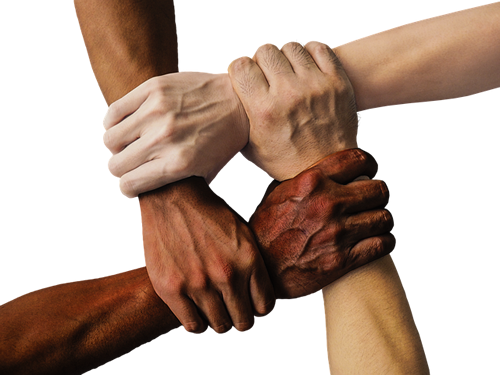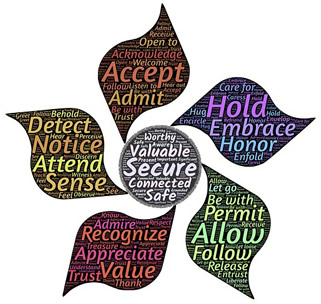Connection
by Dr. Chris Mathe
 Connecting with safe others – friends, family, and support groups – is vital to our physical, mental, and emotional health.
Connecting with safe others – friends, family, and support groups – is vital to our physical, mental, and emotional health.
Connection
- Huge benefits to social connection
- Where to start?
- Long term view
- Getting help
Connection – Huge benefits
- Improved quality of life: Social connection is a greater determinant of health than obesity, smoking, and high blood pressure.
- Boost mental health: Increases in social connection increase sense of belonging, purpose, happiness, self-worth, and confidence. insufficient social support increases mental health disorders like anxiety and depression.
- Longer Life: Individuals with stronger social relationships had a 50% increased likelihood of survival.
- Decrease risk of suicide: Relationships can play a crucial role in protecting a person against suicidal thoughts and behaviors.
Connection – Where to start?
- Start by looking inward: What interests, hobbies, and personalities do you like? Become active in your community; volunteer; join a club or social organization.
- If you meet a potential friend: Create opportunities to spend time together. Relationships require time and effort. Forming strong, healthy relationships with others means opening up, actively listening, and being open to sharing what you’re going through.
Connection – Long-term view
- Much as we may dislike it, relationships come and go
- Life circumstances and personality needs change
- An engaged life means constantly forming potential friendships
- Seeking ways to improve self and becoming a good listener could be helpful
Connection – Getting help
- Some people, for a variety of reasons, have trouble forming and keeping relationships
- Often experiences in our pasts make us afraid of connection – potential loss, hurt, or betrayal
- Being an introvert does not mean disliking connection
- Often a therapist, men’s or women’s group, or a spiritual group can be helpful
Connection – Summary
- Social connections are as important as any of the Big 5 for our physical, mental, and emotional health
- Start with the types of people and the activities that draw you and keep at it
- If you are having trouble, seek help
Resources:
Social Connection Definition | What Is Social Connection (berkeley.edu)
Social Connection Boosts Health, Even When You’re Isolated | Psychology Today






 A big step in many families is when children go off to college. This poem is a reflection on my son’s first day at college. He had written a poem regarding looking at the heavens and commanding the stars.
A big step in many families is when children go off to college. This poem is a reflection on my son’s first day at college. He had written a poem regarding looking at the heavens and commanding the stars.

